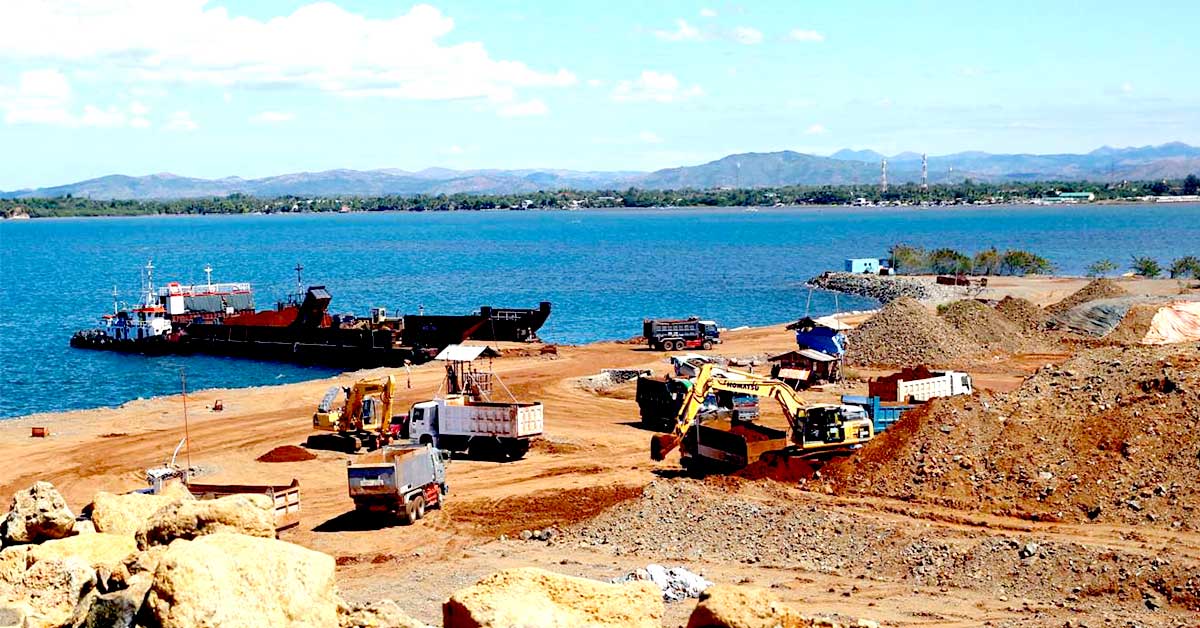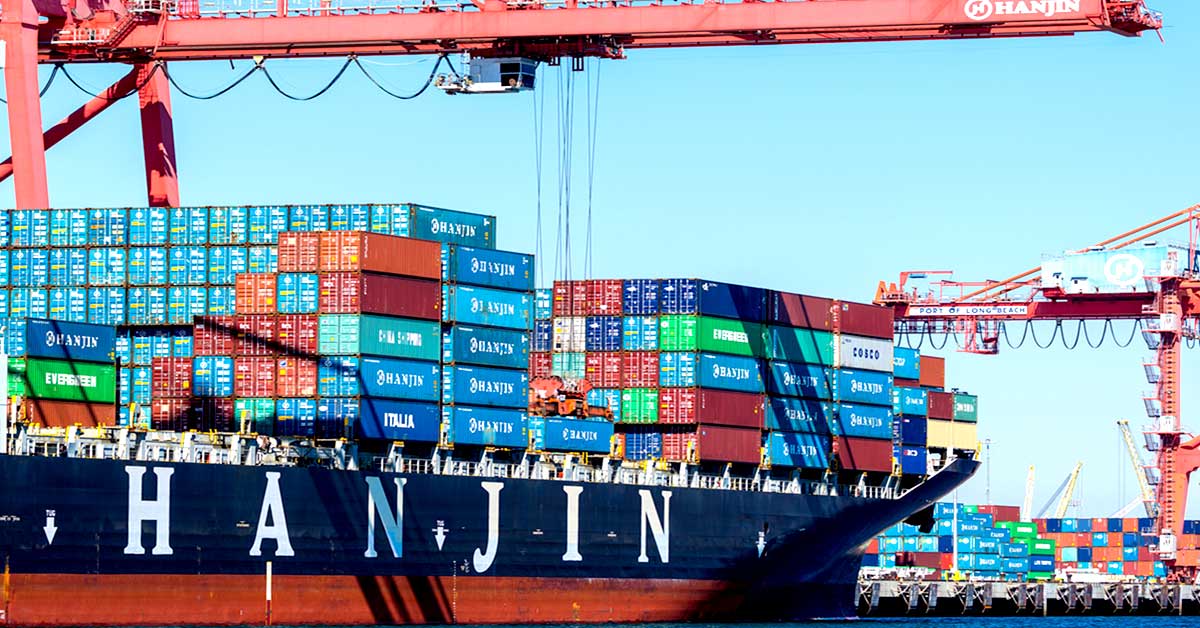Sealift Ships: Key Assets in Supply Chain during Balikatan 2019
Posted 6 years ago

|
Photo By Grady Fontana | 190315-N-IX266-002 OLONGAPO, Philippines—Chief mate Conor Sullivan, a commercial mariner with M/V Cape Hudson (T-AKR 5066), speaks to Soldiers and Marines during a safety brief prior to a discharge operation of Military Sealift Command’s time-chartered vessel M/V Cape Hudson in preparation for exercise Balikatan 2019, March 15. This year’s Balikatan focuses on maritime security and amphibious capabilities, as well as multinational interoperability through military exchanges. (Navy photo by Grady T. Fontana/Released)
Story by Grady Fontana
OLONGAPO, Philippines (March 25, 2019)— Military Sealift Command (MSC) ships completed discharge operations at Subic Bay, Olongapo, Philippines, March 24, and delivered equipment and personnel destined for various locations in the Philippines in support of exercise Balikatan 2019.
Balikatan 2019 is a military training exercise led by the Philippines between the Armed Forces of the Philippines and U.S. military along with participants from the Australian Defence Force. It features military-to-military exchanges through various training events, including joint and combined interoperability events, humanitarian and civic assistance projects, and a staff exercise.
To enable the large-scale exercise, MSC vessels conducted two separate deliveries to the New Container Terminal at Subic Bay.
Time-chartered ship M/V Cape Hudson (T-AKR 5066) conducted its offload March 15-16, while maritime prepositioning ship USNS Pililaau (T-AKR 304) discharged its equipment and personnel March 23-24.
“The Republic of the Philippines is a key U.S. ally that promotes peace and stability in the Indo-Pacific region,” said Navy Capt. Robert R. Williams, commodore, MSC Far East in Singapore. “Through engagements such as Balikatan 2019, we continuously improve our effectiveness in transportation and distribution activities with partnering nations. This discharge operation is a great example of our ability to provide on-time logistics and strategic sealift in an exercise, but also demonstrates our capabilities during a crisis or contingency.”
The Cape Hudson is a member of the Maritime Security Program, a listing of American-flag ships that are assets the U.S. military can draw upon during contingencies.
As a commercial ship that is also part of the Ready Reserve Force fleet of vessels, the Cape Hudson has supported many other military charters including Operation Iraqi Freedom deployments in 2003 and 2004. However, military missions are not a regular occurrence for most of the commercial mariner crew.

|
“This mission is not the cyclic routine that we have become accustomed to in a commercial cycle,” said 2nd Mate David Roach, a commercial mariner on the Cape Hudson. “Here, you get to work with military personnel from the Army and Marine Corps. We conduct a lot of interesting voyage planning here as opposed to that in commercial shipping because you get to go to these exotic places.”
The time charter is part of a concurrent mobility operation for U.S. Army Pacific called Pacific Pathways 19-1, where the ship makes stops around the Pacific supporting follow-on missions.
Pacific Pathways is an innovation that links a series of U.S. Pacific Command-directed Security Cooperation exercises with allied and partner militaries to a single MSC chartered vessel on a single voyage plan that delivers equipment to support multiple exercises.
The Pililaau, a large, medium-speed, roll-on/roll-off platform, is part of Maritime Prepositioning Ships Squadron Three (MPSRON 3), which consists of a fleet of government-owned ships operated by MSC and based in the Guam-Saipan area of the Western Pacific Ocean.
MPSRON 3 maintains tactical control of 16 ships carrying afloat prepositioned U.S. military cargo for the Marine Corps, Army and Air Force delivering a strategic power-projection capability known as the Maritime Prepositioning Force (MPF).

|
The squadron’s mission is to enable force from the sea by providing swift and effective transportation of vital equipment and supplies for designated operations.
“The Maritime Prepositioning Force is a key component to Marine Corps readiness in the Indo-Pacific and is a prime example of Navy and Marine Corps integration and teamwork,” said Navy Capt. Eric C. Lindfors, commodore, MPSRON 3. “As part of the MPF, the USNS Pililaau delivers a forward presence and rapid-crisis-response capability by pre-positioning equipment and supplies to various locations at sea. Its ability to deliver military equipment ashore from the sea enables deployment flexibility and supports the Philippines-U.S. alliance with expeditionary logistics in a crisis response, if called upon.”
At the conclusion of Balikatan 2019, both ships will return to the Philippine port and backload all equipment before conducting follow-on missions.
MSC operates approximately 120 non-combatant, civilian-crewed ships that replenish U.S. Navy ships, conduct specialized missions, strategically preposition combat cargo at sea around the world and move military cargo and supplies used by deployed U.S. forces and coalition partners.
Source: dvidshub.net



































Loading Comment